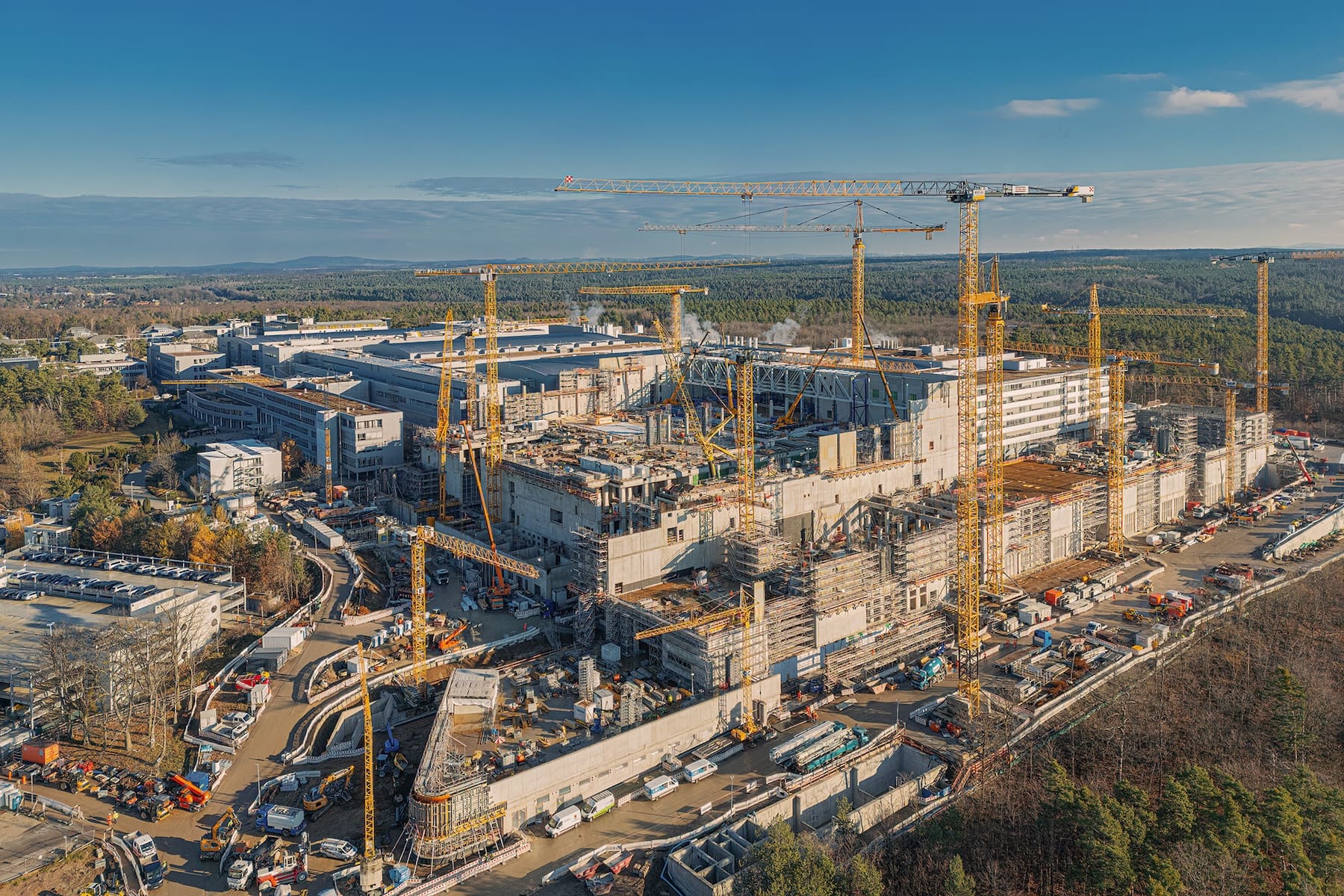The European Union will invest €5 billion in one of the largest semiconductor factories on the continent, crucial for meeting the growing global demand for chips driven by artificial intelligence.
The European Commission has given final approval to the ambitious project of Infineon: the Smart Power Fab, a megafactory for chips being constructed in the heart of the region known as Silicon Saxony, in Dresden, Germany. With a total estimated investment of €5 billion, this facility will become one of the largest semiconductor production centers in Europe and a strategic pillar in response to the global rise of artificial intelligence (AI).
Institutional support for the project has been robust. The new German federal government, through the Ministry of Economy and Energy, has ratified direct funding of €920 million, framed within the European Chips Act, the European legislation aimed at regaining technological sovereignty and reducing dependence on Asia and the United States in microchip manufacturing.
### A European Response to the Era of Generative AI
The rise of generative AI, fueled by tools like ChatGPT, has multiplied the need for next-generation processors, GPUs, and accelerators. This increasing demand has strained the global chip supply chain and forced governments and companies to double down on efforts to ensure access to critical components.
Infineon’s Smart Power Fab, specialized in energy-efficient technologies, will be a central piece in this strategy. It is expected to provide over 1,000 direct jobs and another 6,000 indirect jobs through suppliers, services, and logistics, generating a structural economic impact in the region.
### Timelines and Roadmap
Although construction began more than two years ago, the confirmation of funding was a necessary step to ensure the project’s continuity following the change in the German government. With the recent backing of Minister Katherina Reiche, the construction is progressing on schedule. Infineon has reported that the main building is nearly complete and is in the final stages of construction.
According to the current plan, the factory will begin producing chips in 2026, although it will not reach its full operational capacity until 2031. This long-term projection reflects both the technical complexity of the facility and the magnitude of the industrial challenge it represents.
### A Strategic Investment on the European Technological Map
The location in Dresden is no coincidence: Silicon Saxony is Europe’s largest microelectronics cluster, home to giants like GlobalFoundries, Bosch, and TSMC. Choosing this site reinforces Germany’s role as a center of digital and industrial transformation in the continent.
Moreover, the project is part of the IPCEI ME/CT program (Important Projects of Common European Interest in Microelectronics and Communication Technologies), which allows for state aid to projects considered critical for European competitiveness.
### A Firm Step Towards Technological Sovereignty
Amid a race to secure semiconductor supplies—fundamental for sectors like automotive, telecommunications, defense, and health—Europe takes a firm step with the establishment of this factory. The investment responds not only to a technological need but also to geopolitical and economic considerations.
Infineon’s Smart Power Fab thus represents the European commitment to innovation, industrial autonomy, and the creation of quality jobs, in a context where chips are more than ever a global strategic asset.

